Google Pixel 9 Pro vs Google Pixel 9 Pro XL: what’s the difference between the Pro Pixels?
There are some tiny differences between the Pixel 9 Pro and the Pixel 9 Pro XL that you should know about before you buy
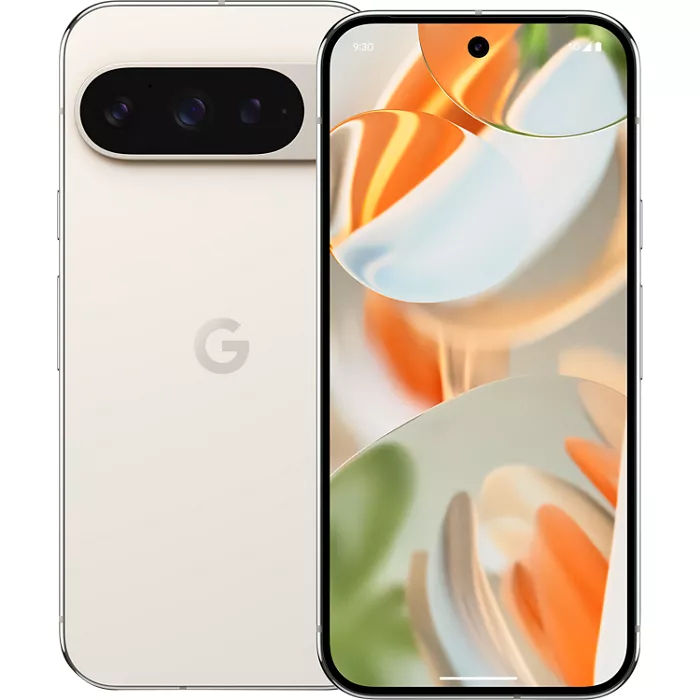
Technically a new model in Google's phone range, the Pixel 9 Pro takes the strong specs of the XL and stuffs it into a smaller frame.
For
- Same zoom lens as the Pixel 9 Pro XL
- Cool new design is more durable than before
- Lots of RAM should help over the seven years of updates
Against
- Some AI features will require more trust than ever before
- No charger in the box to support the faster charging
- Kind of pricey, maybe wait for a deal
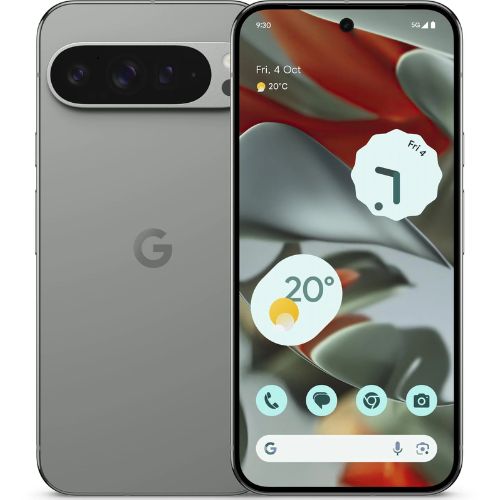
The flagship model of the Google Pixel range, the 9 Pro XL is one of the nicest feeling Android smartphones that you can currently buy.
For
- Great new design is durable and sleek
- Huge amount of RAM should future-proof this Pixel
- Bigger display and battery, faster charging
Against
- New AI features will require deep trust in Google
- Expensive compared to more powerful phones
- Fast charging but no charger included
Google Pixel fans – and people looking to join Team Pixel – now have greater choice than ever when looking at the phone lineup. This year, Google has introduced a mid-level ‘Pro’ model that takes on the same size as the base Google Pixel 9. This comes in tandem with a rename for the larger device, which is now the Google Pixel 9 Pro XL, along with the Pixel 9 Pro Fold, the company’s second foldable that will see a much wider release than the first attempt.
With two Pro models to pick from among the three main devices, is there really any difference between them apart from the size? Yes – there are in fact some different specs to be aware of before you buy.
So let’s put the Pros head to head. Which one should you buy?
Google Pixel 9 Pro vs Google Pixel 9 Pro XL: specs comparison
Before we get lost in the details, let’s just go over the specs.
| Google Pixel 9 Pro | Google Pixel 9 Pro XL | |
|---|---|---|
| Weight: | 199g | 221 g |
| Display: | 6.3-inch Super Actua display | 6.8 inch Super Actua display |
| Resolution: | 1280 x 2856 | 1344 x 2992 |
| Refresh rate: | 1-120Hz | 1-120Hz |
| CPU: | Google Tensor G4 | Google Tensor G4 |
| RAM: | 16GB | 16GB |
| Storage: | 128GB / 256GB / 512GB / 1TB | 128GB / 256GB / 512GB / 1TB |
| OS: | Android 14 | Android 14 |
| Cameras: | 50MP wide; 48MP Ultrawide; 48MP 5X zoom | 50MP wide; 48MP Ultrawide; 48MP 5X zoom |
| Selfie Camera: | 42MP | 42MP |
| Battery: | 4,700mAh | 5060 |
| Charging: | 27W | 37W |
| Colors: | Obsidian, Porcelain, Rose Quartz, Hazel | Obsidian, Porcelain, Rose Quartz, Hazel |
Google Pixel 9 Pro vs Google Pixel 9 Pro XL: price and availability
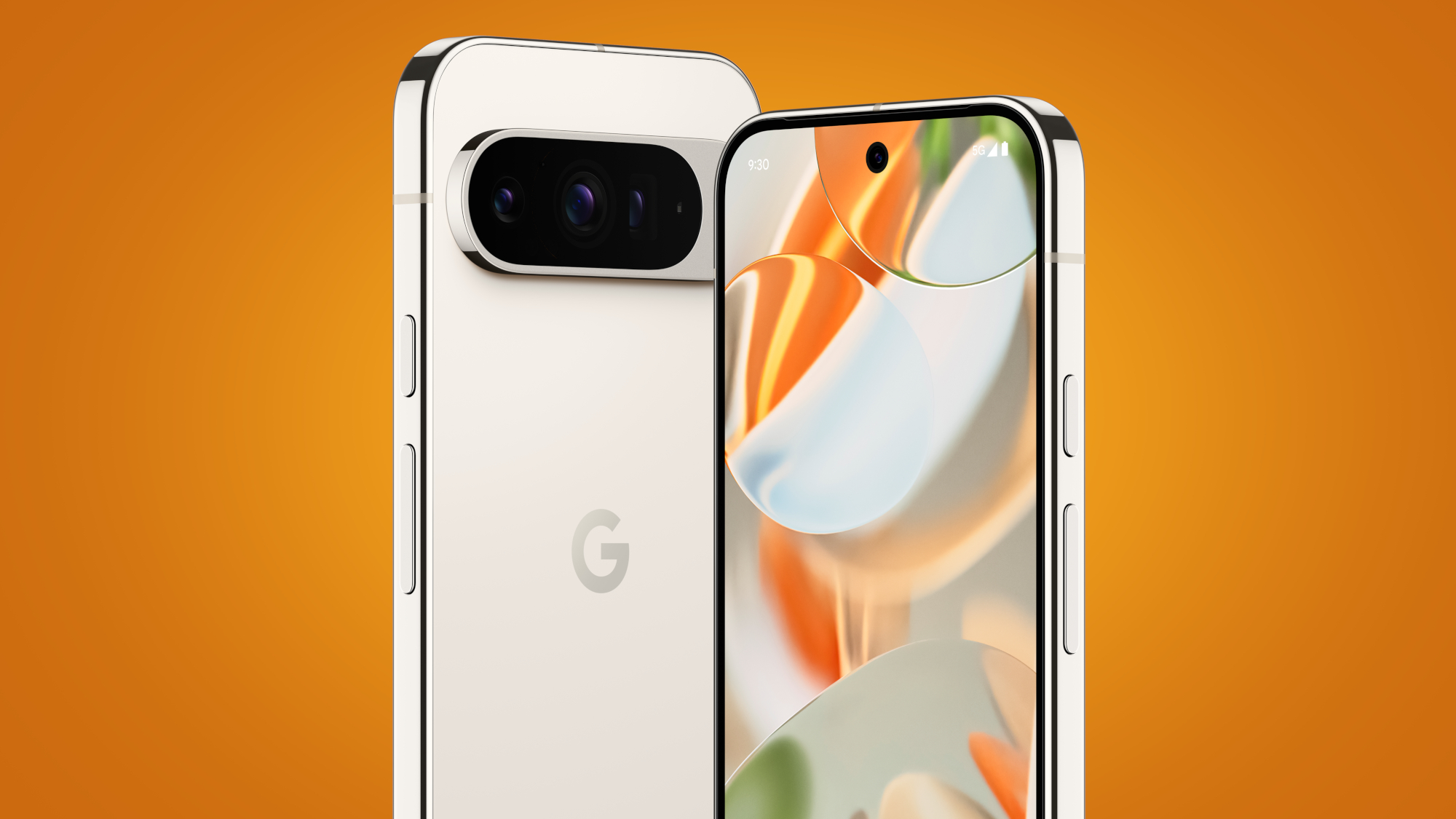
While the Google Pixel 9 Pro XL is launching alongside the Pixel 9 in the US, UK and Australia on August 22, the Pixel 9 Pro will be launching on September 4 (with a release date for Australia earmarked for between September and November). The Pixel 9 Pro Fold also launches on September 4 in most major markets.
Prices for the Google Pixel 9 Pro start at $999 / £999 / AU$1,649, while the Google Pixel 9 Pro XL starts at $1,099 / £1,099 / AU$1,849. It’s a fair price gap between them for a fewl spec differences and a larger screen, but the entry of the new Pro model has created a rift between the base Pixel 9 model and what is now known as the Pixel 9 Pro XL.
The price difference can mostly be attributed to the larger screen size but, as you’ll read below, there are some differences to be aware of.
Google Pixel 9 Pro vs Google Pixel 9 Pro XL: design
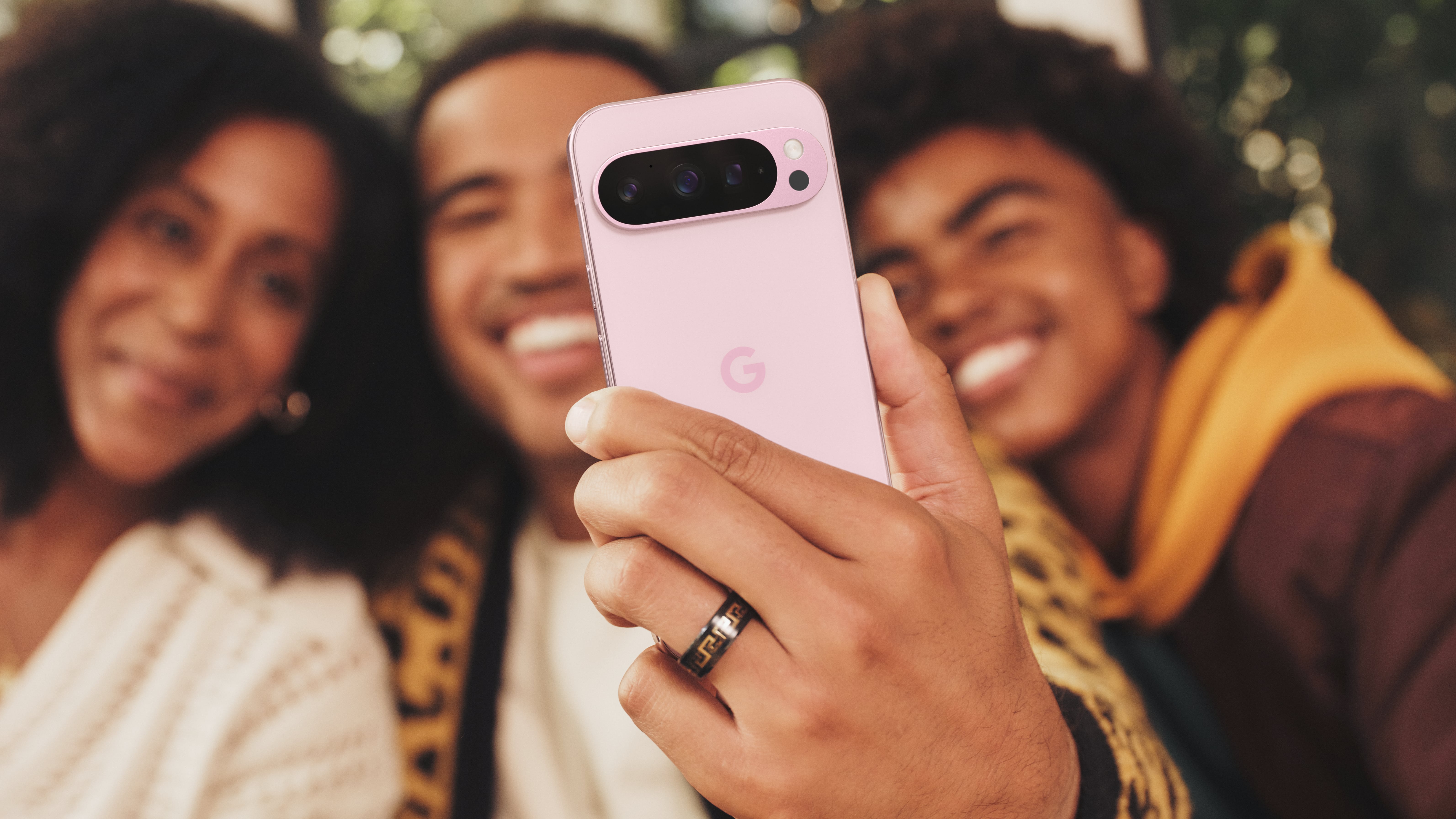
In terms of design, the Pixel 9 Pro and the Pixel 9 Pro XL aren’t too different. Both phones include a redesigned camera bar, which is now a rounded oval shape, where on previous Pixel devices it was a rectangle that stretched across the width of the phone. The camera arrays on both models are also exactly the same.
The most obvious design difference is the size – the Pixel 9 Pro’s dimensions are 152.8 x 72 x 8.5 mm, while the Pixel 9 Pro XL’s are 162.8 x 76.6 x 8.5 mm. The display on the Pixel 9 Pro is about 6.3 inches, while it’s 6.8 inches on the Pro XL.
Both phones have aluminum frames, lacking the titanium that Samsung and Apple have adopted for their high-end options recently.
Finally, all Pixel 9 devices are IP68 rated, which should alleviate some stress on the water and dust ingress fronts.
Google Pixel 9 Pro vs Google Pixel 9 Pro XL: displays
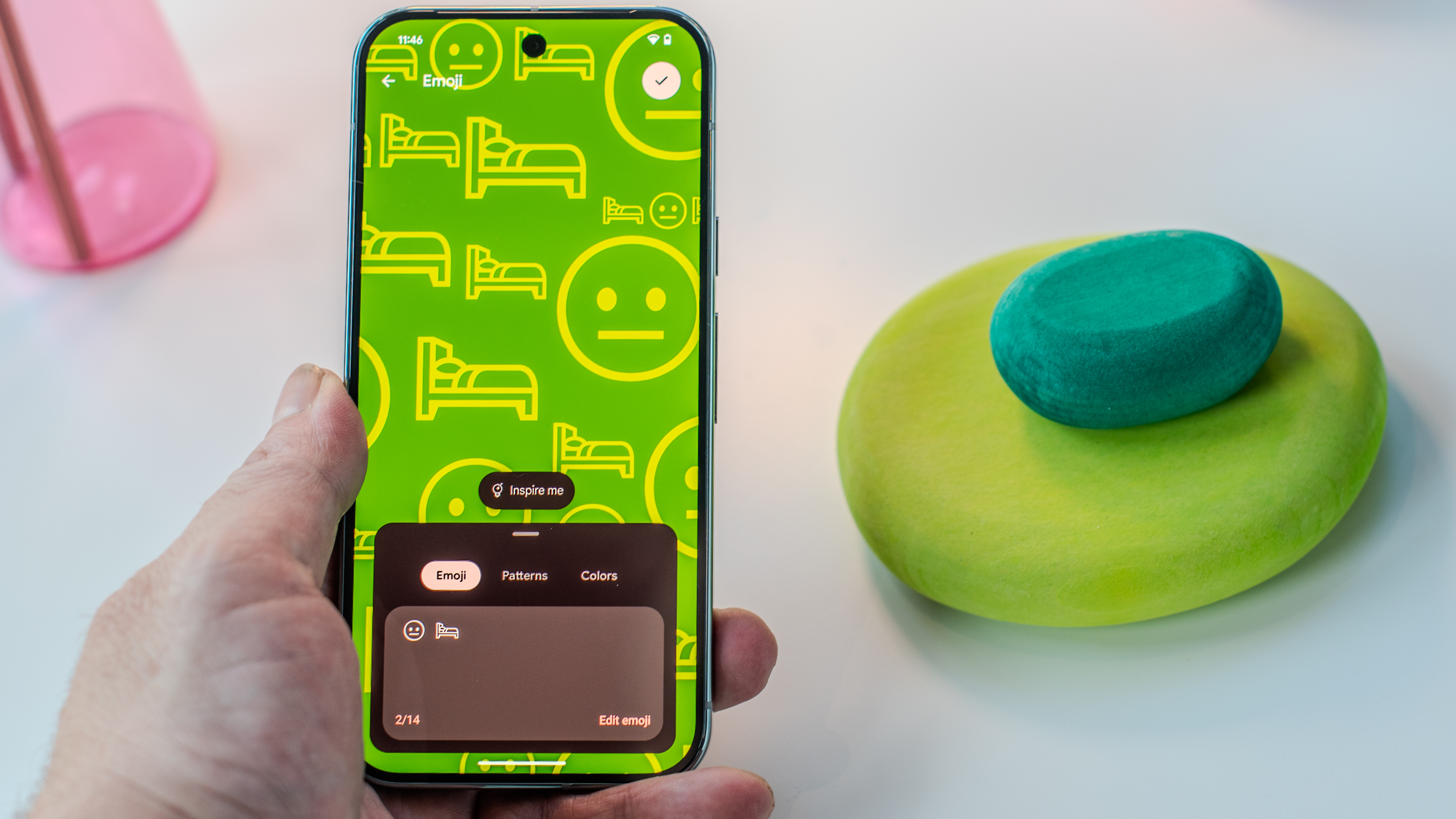
This point might seem obvious. While the Pixel 9 Pro and the Pixel 9 Pro XL have a size difference in the XL’s favour (6.3 inches versus 6.8 inches), they also have quite different resolutions.
The Pixel 9 Pro has a maximum resolution of 1280 x 2856 (495ppi), while the Pixel 9 Pro XL has a maximum resolution of 1344 x 2992 (486ppi). Apart from this, the OLED panels on each phone are very similar. They can both achieve a maximum brightness of 3,000 nits, operating at 1-120Hz. These displays are protected by Gorilla Glass Victus 2 against drops and scratches.
Google Pixel 9 Pro vs Google Pixel 9 Pro XL: cameras
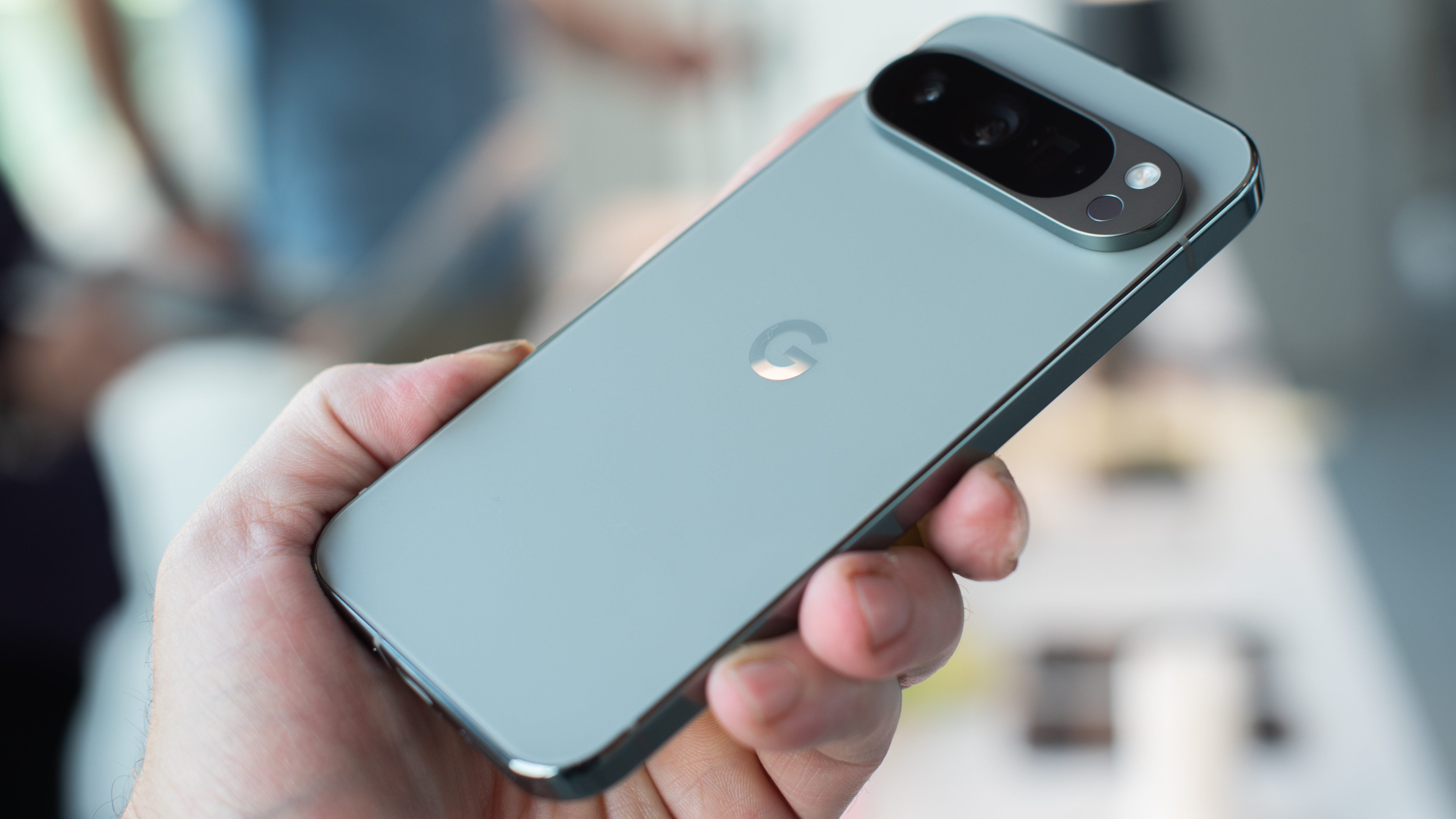
Google’s Pixel range has a reputation for being some of the best camera phones on the market, with a fair amount of software smarts that make things easier for the user. Between the Pixel 9 Pro and the Pixel 9 Pro XL, you get the best of what Google has to offer.
Both the Pixel 9 Pro and the 9 Pro XL come fitted with a 50MP main camera and a 48MP ultrawide camera, along with a 48MP periscope telephoto lens that’s exclusive to the Pro suffix. The selfie camera is also a bit beefier than on the base Pixel device, boasting a 42MP sensor.
In terms of camera software, both phones are capable of capturing high-res 50MP snaps and come with Google’s ‘Pro’ camera control features (useful if you want to adjust focus, ISO and shutter speed). The Pro and Pro XL also have a maximum optical zoom of 30x over the base model’s 8x, plus there are some software features exclusive to the Pro phones, such as Zoom Enhance, Video Boost and Night Sight Video modes if you want to gloss up your shots.
On the video front, the Pixel 9 Pro and the Pixel 9 Pro XL can both capture at up to 8K/30p, with a massive 240fps available at 1080p for slo-mo effects.
Google Pixel 9 Pro vs Google Pixel 9 Pro XL: performance and software
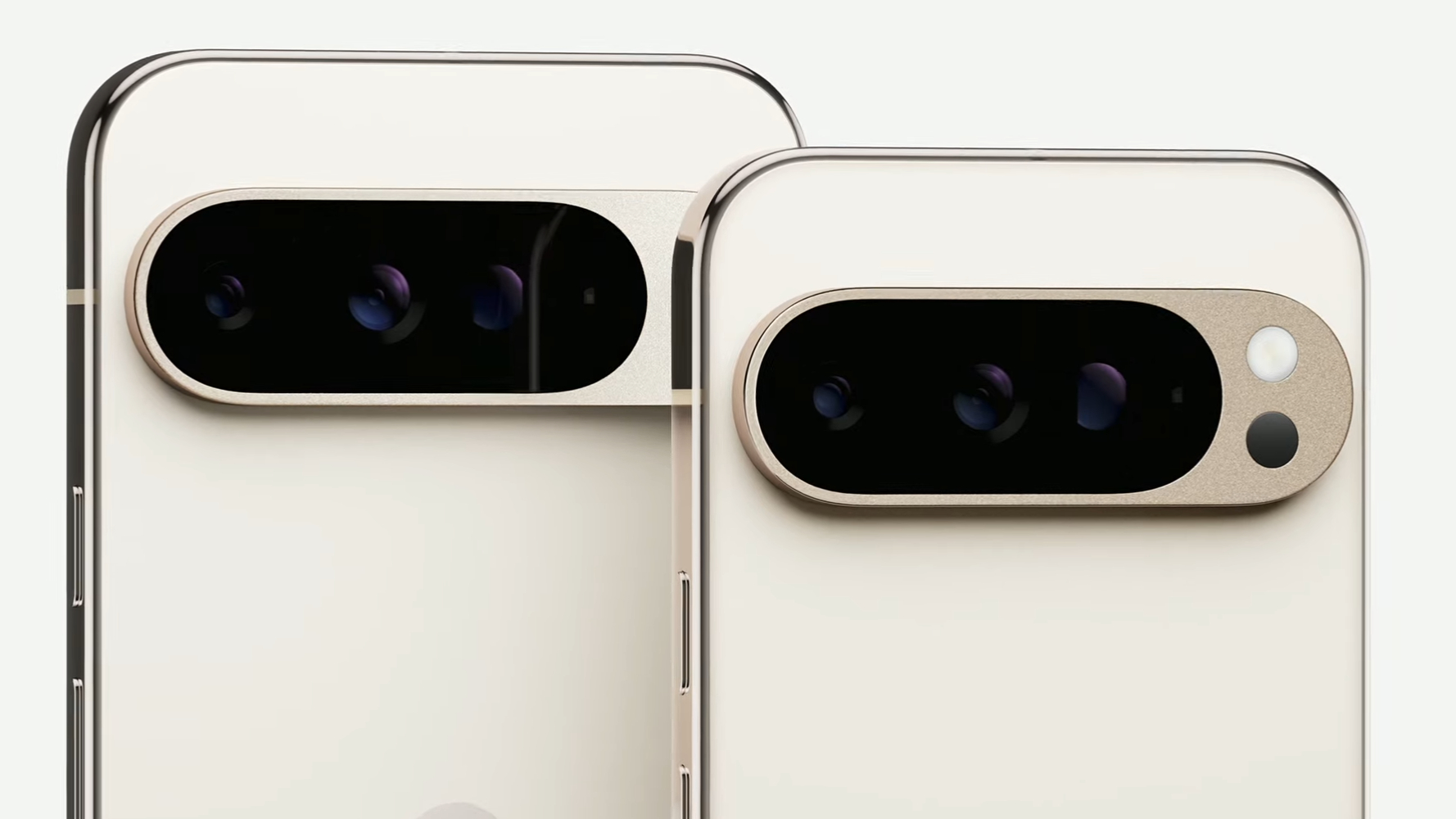
Google’s approach to Android OS is one of the cleanest you can buy right now. A minimalist approach to software backed up by Google’s impressive suite of apps makes the Pixel range a worthwhile rival to Apple if you want a similar feeling from your device.
Both the Google Pixel 9 Pro and the Pixel 9 Pro XL are powered by the Tensor G4 chip, the latest generation proprietary silicon from Google leveraging Samsung’s chip-production smarts.
The Pro models both come with 16GB memory, translating to better performance in comparison to previous models. What this means for you is that the phone should be less laggy when under processing stress, such as if you’ve got several apps open at once. We’ll post Geekbench results when access is made available for these devices and when we’ve completed our full reviews.
Both phones come with 128GB, 256GB, 512GB or 1TB storage options, though availability for these vary depending on the market.
Google’s also guaranteeing seven years of Pixel drops and software updates – an attractive prospect if you want to hold onto a smartphone for longer.
Google Pixel 9 Pro vs Google Pixel 9 Pro XL: battery life
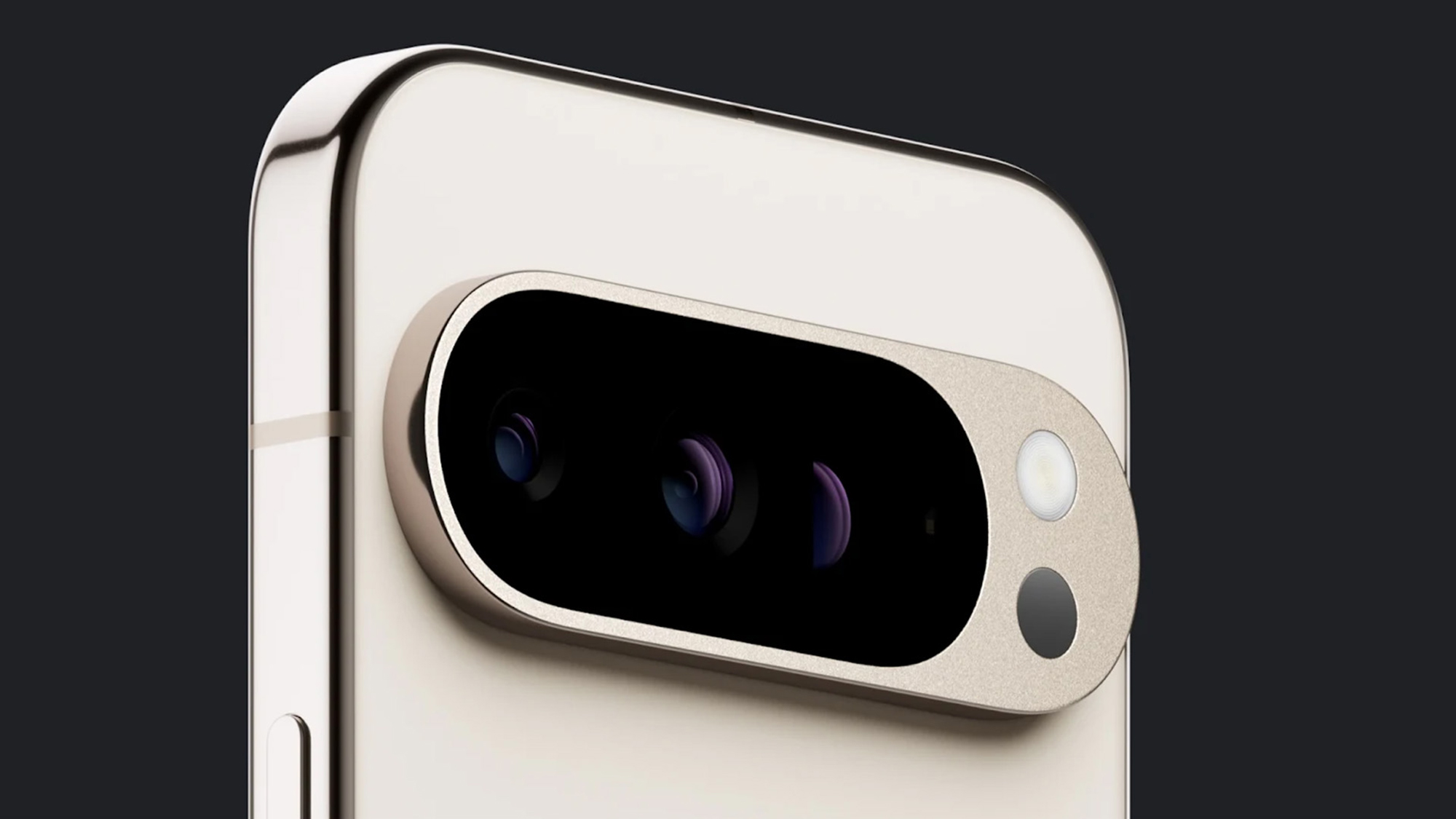
Each Google Pixel 9 device is rated by the company as capable of more than 24 hours of battery life on a single charge – but battery and charging specs are actually a major point of difference between the Pixel 9 Pro and the Pixel 9 Pro XL.
The Google Pixel 9 Pro comes fitted with the same 4,700mAh battery as the base Pixel 9 device, while the Pixel 9 Pro XL comes with a larger 5,060mAh battery. We’ll have more concrete information on battery life and performance once our in-depth reviews of each phone go live, but if you want a phone to go the distance, the XL model is what you want.
In terms of charging wattage, these phones are drastically different. The Pixel 9 Pro comes fitted with the same 27W capacity as the standard Pixel 9, which has a rated recharge speed of 0% - 50% in 30 minutes. The Pixel 9 Po XL comes with a beefer 37W capacity that enables a rated charging speed of 0% to 70% in 30 minutes.
Move into the wireless charging space and things are ever more complex. The Pixel 9 Pro can charge at a maximum of 21W when using the proprietary Pixel Stand, or at a maximum of 12W with a Qi charger. Meanwhile the Pixel 9 Pro XL can charge at up to 23W with the Pixel Stand or 12W with a Qi charger. Both Qi charging modules are first generation.
Google Pixel 9 Pro vs Google Pixel 9 Pro XL: verdict
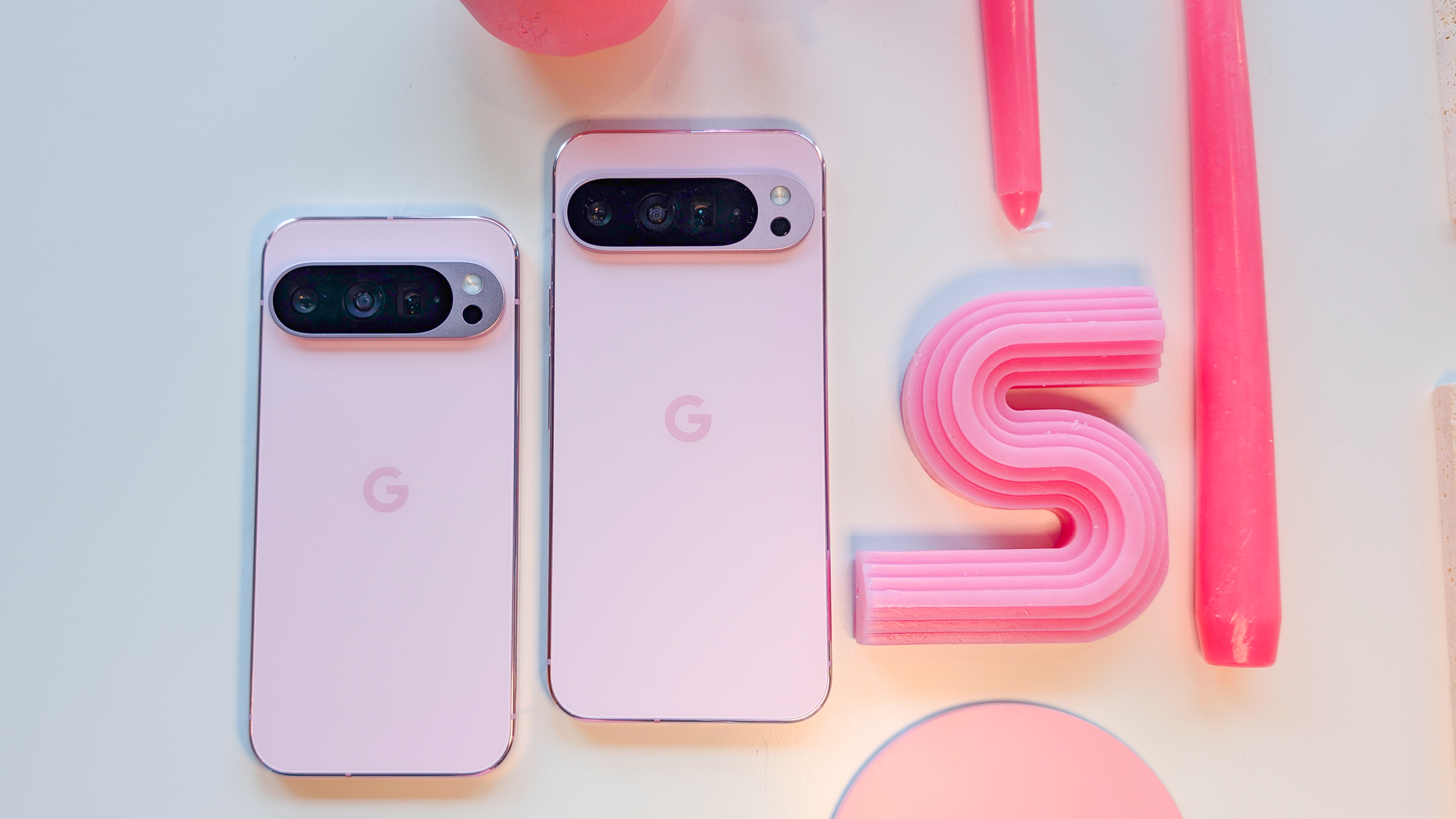
The tiny differences between the Google Pixel 9 Pro and the Google Pixel 9 Pro XL – like screen resolution and battery – might not be enough to sway you from the major comparison: that one is simply bigger than the other with a heftier price tag. That can put prospective Pixel buyers into one of two camps.
If you want to save money while getting Google’s incredible array of Pro cameras and software features, then the Pixel 9 Pro is your best bet – just be sure you’ll be comfortable with the size of the device as you might prefer a larger screen.
If the larger screen is important to you, then it’s easy to recommend the Pixel 9 Pro XL, though I would also recommend the Pro XL if you want a phone that’ll charge up faster and has a bigger battery.
I’m personally a fan of the Google Pixel 9 (the base model) this year for its more attractive price point and the features on offer (you can see how it compares in our Google Pixel 9 vs Pixel 9 Pro article), though if you want an even more powerful device than the XL, then you may gravitate towards the Google Pixel 9 Pro Fold.
Get daily insight, inspiration and deals in your inbox
Sign up for breaking news, reviews, opinion, top tech deals, and more.

Zac has been in the tech writing game for six years, having previously written for Gizmodo Australia, Canstar Blue, and The Daily Mail Australia (with articles on Nine, Junkee, Kotaku Australia and Lifehacker Australia). He’s a huge nerd with a deep passion for technology. While his main focus at TechRadar Australia is phones, monitors and peripherals, he also has a deep interest in the growing Australian EV landscape. Outside of Techradar, Zac’s a Headspace (a youth mental health organization) volunteer and an avid gamer.